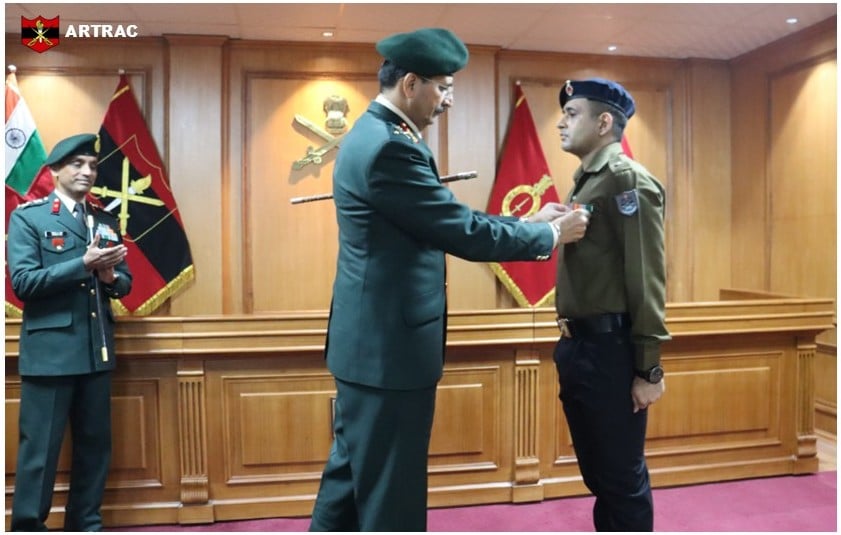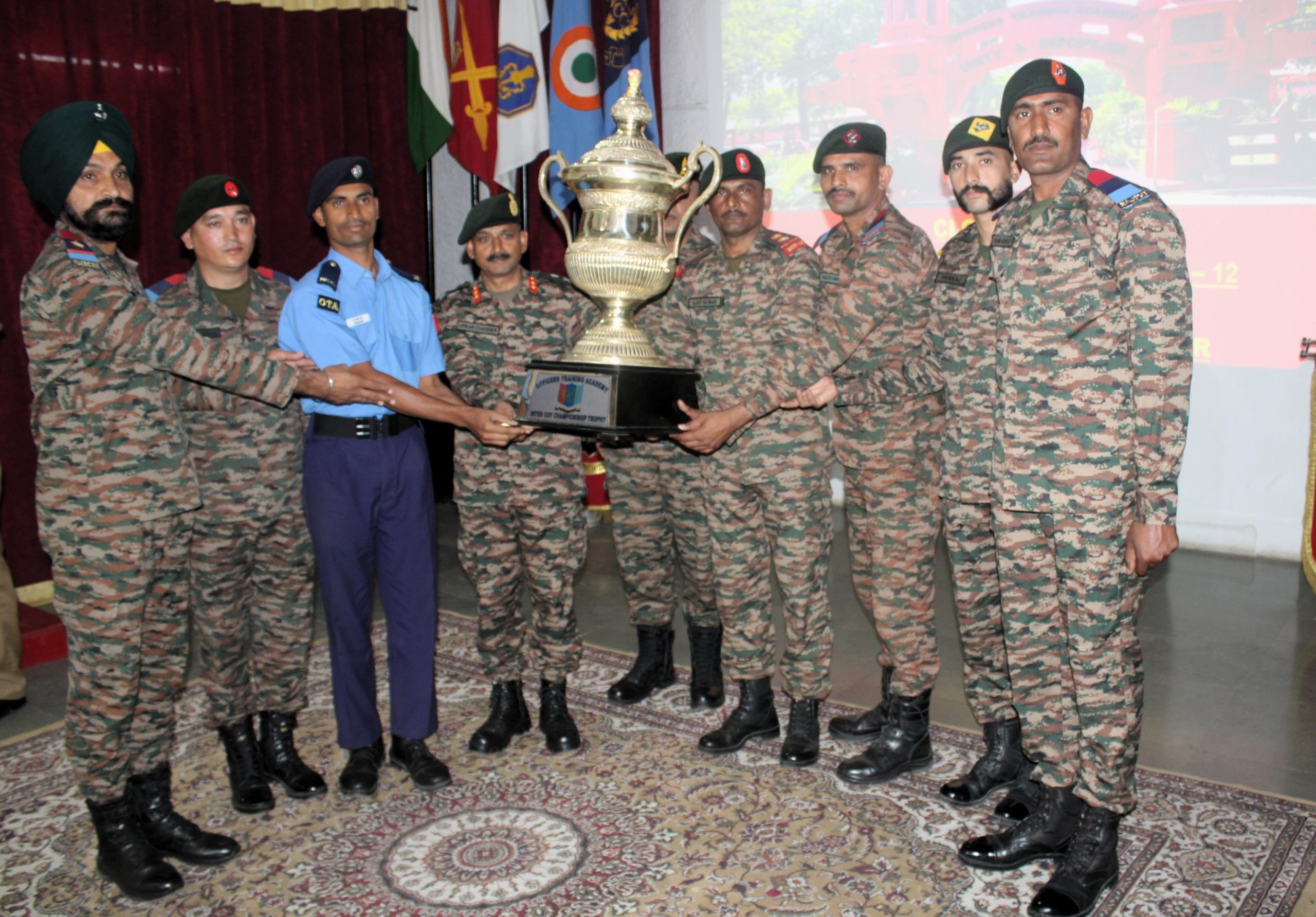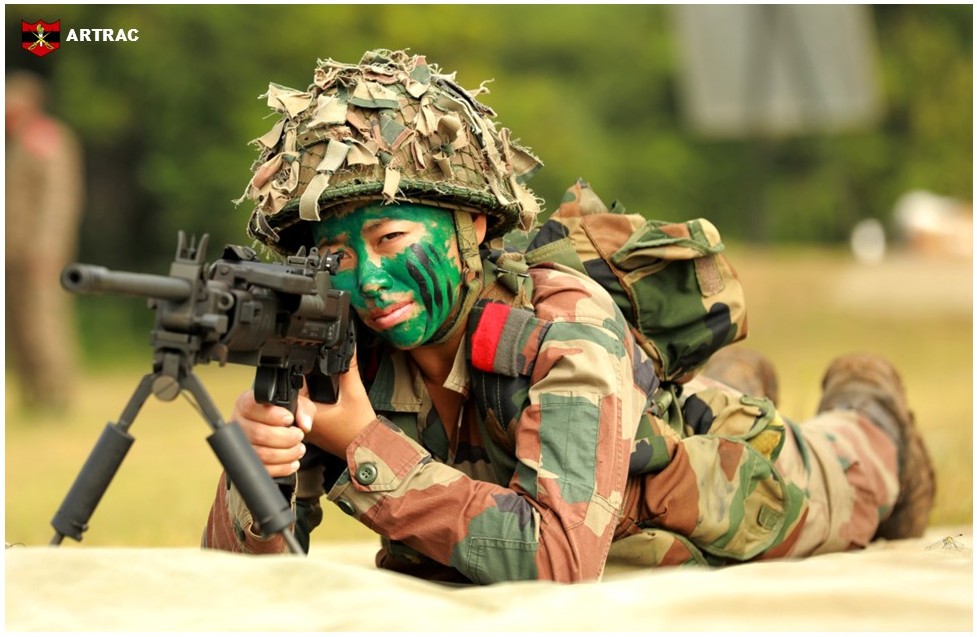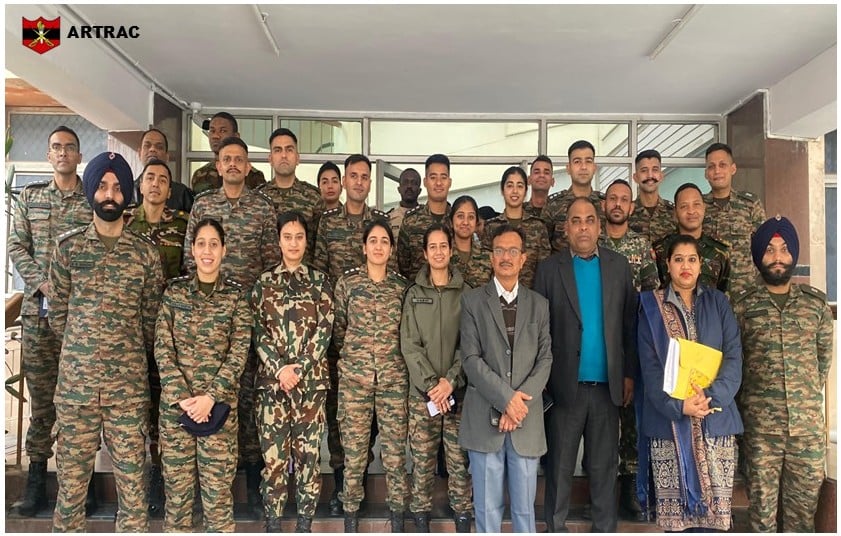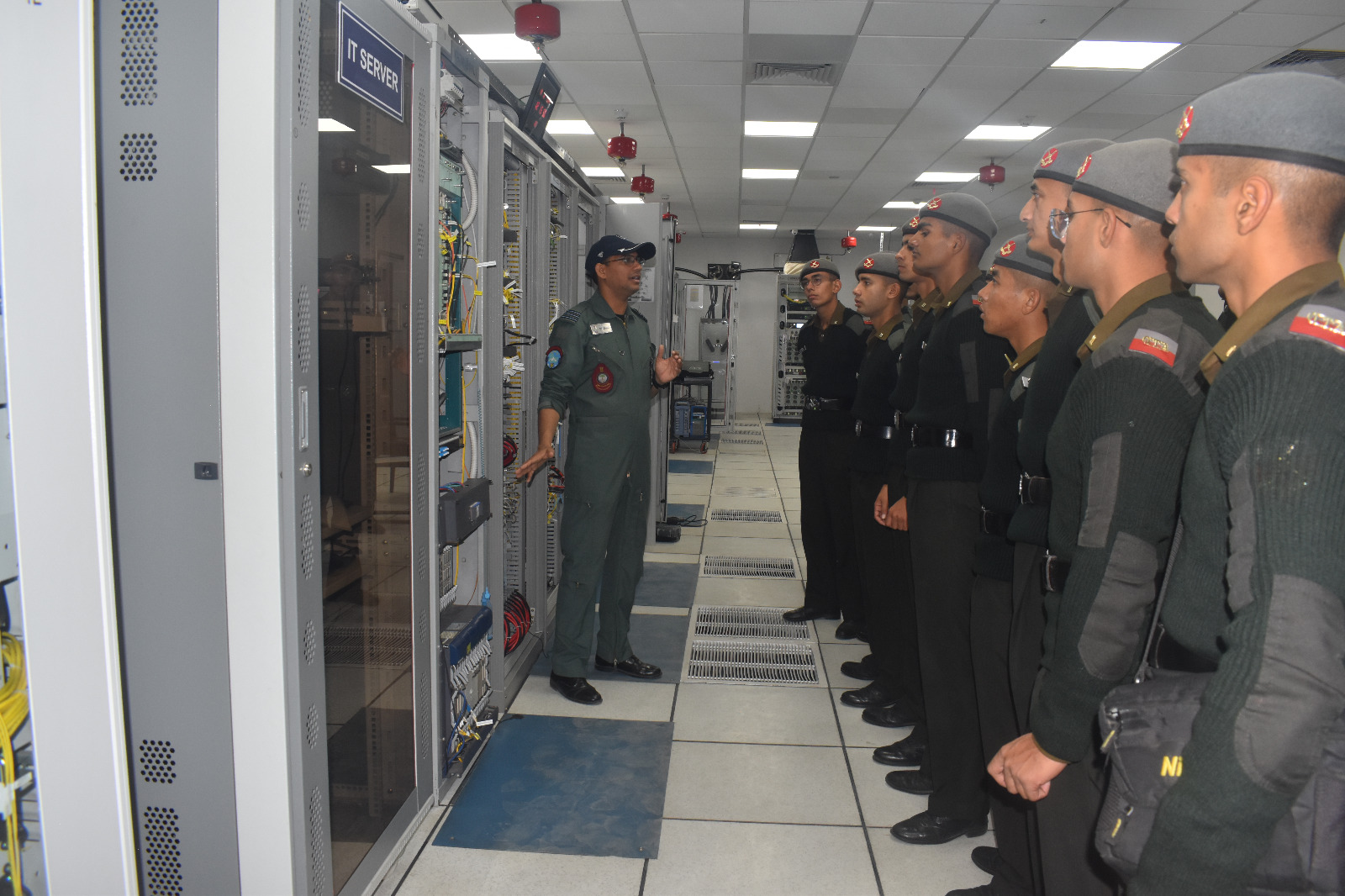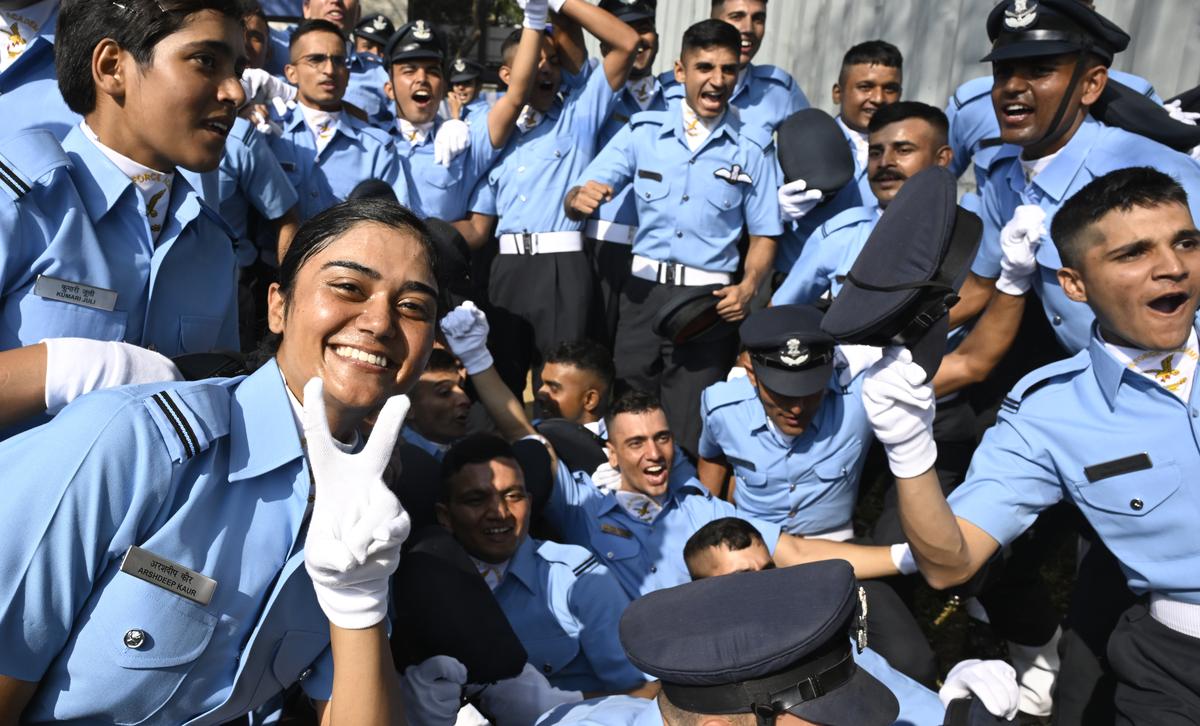Lt Gen Devendra Sharma Inaugurates State-of-the-Art Court Martial Hall at Institute of Military Law
Lt Gen Devendra Sharma, General Officer Commanding-in-Chief (GOC-in-C), Army Training Command (ARTRAC), visited the Institute of Military Law (IML) in…
Major General Upkar Chander Felicitates Meritorious CTOs at OTA Kamptee
Maj Gen Upkar Chander, Commandant of NCC Officers Training Academy (Kamptee), presided over the Passing Out Ceremony of the PRCN…
Officer Cadets of OTA Chennai Participate in Battle Inoculation Exercise
The Officer Cadets of the Officers Training Academy (OTA), Chennai, showcased their steel resolve, grit, and determination during a rigorous…
Institute of Military Law Officers Visit Forensic Science Laboratory Rohini
Officers from the Indian Army and Friendly Foreign Countries (FFCs), including participants from Bangladesh, Cameroon, Madagascar, Maldives, Nepal, and Tanzania,…
OTA Gaya Cadets Complete Immersive Orientation Tour Under Surya Command
As part of their orientation program, 45 Officer Trainee Cadets from the Officers’ Training Academy (OTA), Gaya, embarked on a…
Indian Air Force AFCAT Merit List 2025 Out Now
The Indian Air Force (IAF) has officially released the merit list for the Air Force Common Admission Test (AFCAT) Spring…

